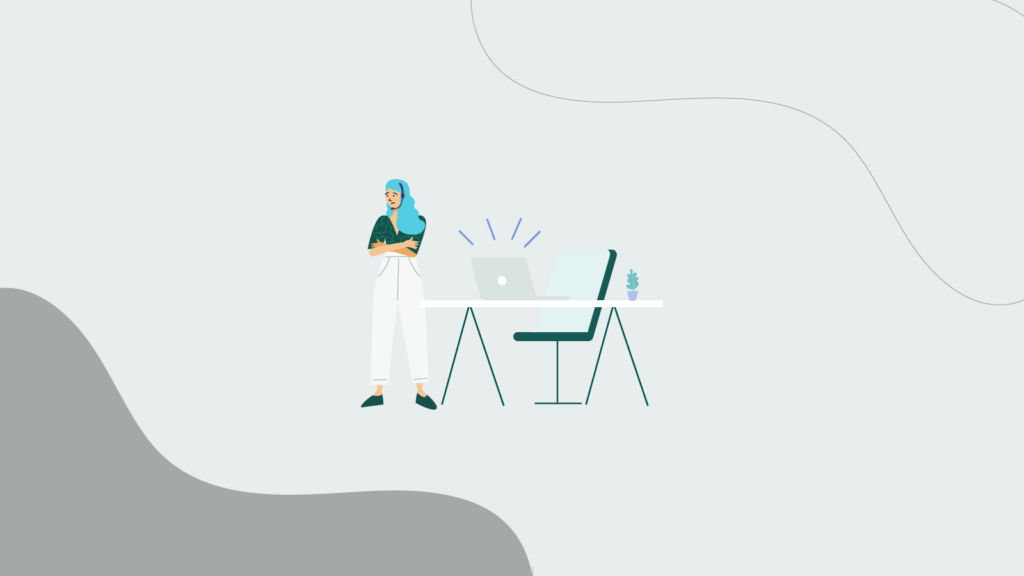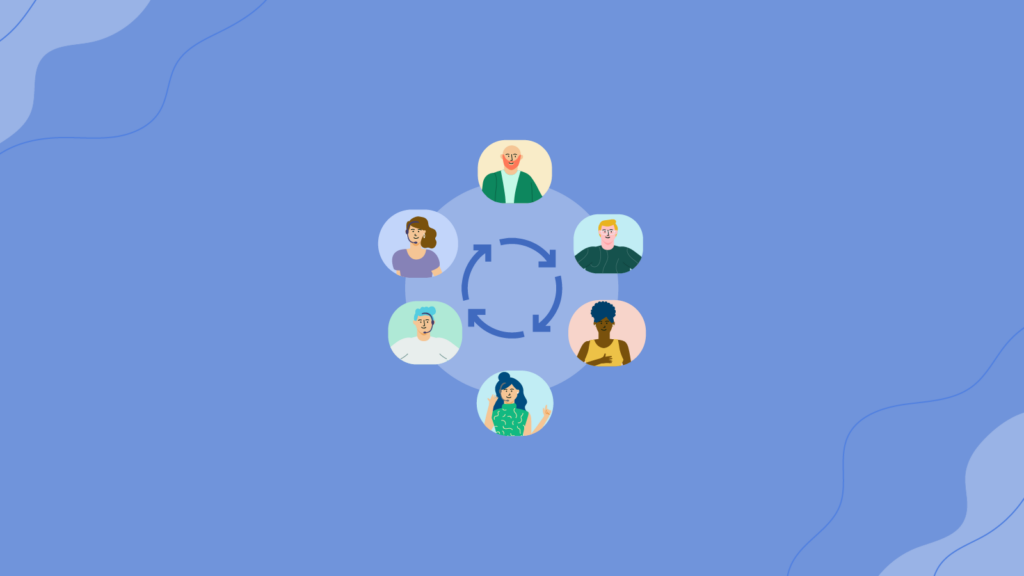How to Drive Engagement with Gamification in Your Contact Center
Are your employees excited to come to work each and every day? Or are they disengaged, disinterested, and lacking motivation? Employee engagement is one of the most challenging aspects to master in the contact center. That’s why many organizations are putting increased emphasis on improving their company culture in order to improve employee morale. One proven way to motivate your team is to drive engagement with gamification.
According to a recent Gallup report, 85% of employees are not engaged or are actively disengaged at work. Some of the reasons driving disengagement include pay, industry, management, and company culture. It is in every organization’s interest to have motivated employees. Whether in sales, customer service, or collections, ensuring that your employees are motivated and engaged should be a key focus.
Today, companies worldwide are using gamification to great effect to enhance employee engagement and productivity. Contact centers are using a wide range of new strategies to ensure their customer service representatives are engaged, encouraging them to offer a world-class customer experience to clients.
The Psychology Behind Gamification

Inspired by video games and video game development, gamification is the use of game design in a non-game setting to increase motivation and engagement, drive behavioral change, and achieve specific goals.
Maslow’s hierarchy of needs is a five-tier model of human requirements from self-preservation to self-fulfillment, often depicted as hierarchical levels within a pyramid. From the bottom of the hierarchy upwards, the needs are: physiological (food and clothing), safety (job security), love and belonging needs (friendship), esteem, and self-actualization. Needs lower down in the hierarchy must be satisfied before individuals can attend to needs higher up.
Maslow’s Hierarchy of Needs Five Stage Pyramid

Gamification drives employee behavior to achieve organizational objectives and reach the level of self-actualization. Behavior is not an easy thing to change. According to Professor B. J. Fogg, an experimental psychologist at Stanford University, three elements must converge to shift behavior: motivation, ability, and trigger.
Employee Motivation
Employees need intrinsic and extrinsic motivators in the workplace. Rewarding agents for personal bests is a great example of an extrinsic motivator. It encourages them to be the best agent they can be. Extrinsic motivators could include late starts or early finishes; the reward needs to link to what motivates each individual worker. What motivates one agent may not motivate another.
Reward, recognition, and competition are all excellent motivators. Gamification works well within a contact center environment because it leverages a number of game mechanics that workplaces can use to keep employees engaged and focused.
Engagement can be a thorny issue for many organizations, but gamification can motivate employees to achieve objectives and self-actualization. Shifts in attitude, conduct, and performance can steer employees in the right direction. This can lead to reduced mistakes, improved quality, happier customers, and overall greater profits. Disengaged employees cost American businesses an estimated $450 to 550 billion per year. If organizations do not do anything about disengagement in the workplace, businesses suffer.
Why Does Gamification Work?
Gamification works when it motivates your employees to do something. While it can be successful in curbing bad habits and promoting better behavior, it is important to have a sound understanding of where motivation comes from.
For the first time, we are seeing four distinct generations in the workplace. It is key to understand what drives and motivates all of these demographics, particularly when it comes to reward. It is also essential that employee goals are aligned with corporate objectives in order to drive engagement with gamification.

There are three basic elements to motivation:
Autonomy: When your employees pursue an activity for its own sake and not because external forces compel them, they gain motivation. They feel in charge, a sense of ownership. If your employees are given the opportunity to select a course of action based on their own values and opinions, they will tend to stick to their goals for a longer period of time.
Value: Your employees are more motivated when something of value to them is at stake. If they think it is important, they will work harder on it. Staying true to their beliefs enables them to be more invested in their job.
Competence: As your employees invest more time in an activity, they will naturally become more competent. The belief that effort fosters competence can inspire your employees to work harder on their targets and goals.
As the fastest-growing cohort, Millennials will make up 75 percent of the workforce by 2025. To attract and retain this group of employees, companies need to pay close attention to their behavior and understand what motivates them. Gamification satisfies Millennials’ appetite for collaborative and engaging interactions.

How to Drive Engagement with Gamification in Your Contact Center
As contact centers continue to navigate hybrid and remote work and boost levels of employee motivation, gamification is a concept to be considered within your organization.
A seemingly simple concept, gamification can deliver impressive results if its underlying principles are understood and a program is well structured. A study from Talent IMS found that gamification made 89% of employees feel more productive, while 88% were happier at work. In addition, 87% of employees said that introducing game elements made them feel more socially connected and provided a sense of belonging at work.
A strategy built around gamification principles is a sound approach for organizations looking to revitalize and improve contact center operations. Gamification can introduce a structured and fun way to boost employee engagement and drive employees towards the desired organizational objectives. However, it is important to note that rolling out gamification concepts alone will not work. There are several key considerations:
- Set clear and aligned KPIs and objectives. Ensure that KPIs filter down from broader corporate objectives and that everyone understands the rules of play and how to achieve them. Being clear and transparent will enable employees to drive CSAT improvements, handle times, and quality.
- Extend the initiative beyond the contact center. Understand that success can depend on engaging with other departments across the organization. Consider the bigger picture and be inclusive.
- Consider using gamification as a long-term developmental opportunity. Gamification can be used to boost employees’ proficiency by making learning exciting and rewarding, enabling them to strive towards self-actualization. It can also be used to identify knowledge gaps and areas for development.
- Understand your demographic. A one size fits all approach will most likely not work. The reward needs to entice the audience, and your audience is probably made up of numerous demographics all with different interests and values.
Related Article: 5 Best Ways to Keep Remote Contact Center Agents Connected and Engaged
Gamification Benefits for Employees
In addition to gamification making work more meaningful and fun for employees, key benefits include:
- Sustained engagement: Reduce absenteeism and attrition by offering every agent opportunities to get recognized and rewarded, enabling them to be the best that they can be.
- Increased accountability: Improve CX, handle times, productivity, and quality by providing employees real-time visibility on their goals, KPIs and performance.
- Increased learning: Boost employees’ proficiency and drives better adoption of tools and processes by making learning fun and rewarding.
Gamification increases employee engagement because it changes the way employees interact with their work and with their colleagues. It increases their commitment, motivates them through competition, and inspires collaboration through both intrinsic and extrinsic motivational tools.
Other benefits include:
Commitment: We are continuing to see an increase in multi-skilled advisors to handle ever increasing complex interactions due to AI and the rise of super agents. Typically, this requires training sessions to drive continued learning and improvement that take employees away from their work and cost the organization valuable staff hours. One of the alternatives to this is to gamify learning to drive the concept and need for “gurus” and “product masters” within the contact center — and then reward employees with mastery badges that they can display. You will see an increase in employees wanting to learn in their own time. Gamifying learning drives mastery.
Competition: Many contact centers have whiteboard or email contests they run on a periodic basis. These can run out of steam, and results perhaps don’t get updated in a timely fashion to impact momentum. Gamification provides an alternative. Rather than running a single contest, you can engage your employees in multiple contests simultaneously. It automates updating results, maintains performance, and drives engagement. Just ensure that they aren’t running for too long so that they become tedious.
These quests can range from best customer feedback to fastest response time to anything related to your unique line of work. Employees are able to compete for top scores or top rank. Mix all these contests together and have a public leaderboard for personal, team, and company visibility. More importantly, competitions enable agents to be the best that they can be. It is extremely motivating when recognition comes with achievements that are aligned with organizational goals.
Collaboration: Gamification can be a powerful tool in driving collaboration between employees. The agent who was a top performer last week can be encouraged to publish and share their best practices for others to learn from. In doing so, they can even be rewarded with a special badge if they produce top-rated content. This enables employees to seek one another out, critically important in the era of remote work. If a new hire is working towards a new badge, gamification enables them to reach out to those who have already earned it and ask for their advice.
Studies show that gamified initiatives have increased workplace engagement by 48%, and 72% of workers report feeling motivated to work harder. In a similar vein, gamification has been shown to boost employee productivity by 90%. As a result of this positive impact, a considerable portion of the Global 1000 is using gamification to transform business operations.
We will continue to see the rise of gamification across different sectors. As gamified solutions become more sophisticated, we will also see their impact grow. Mobile device usage will feed a strong demand for gamified mobile solutions. Gamification will remain a pivotal tool in the workplace to drive employee engagement and business success.
Learn more about how you can drive engagement with gamification in your contact center by requesting a demo of our workforce engagement management solutions.






